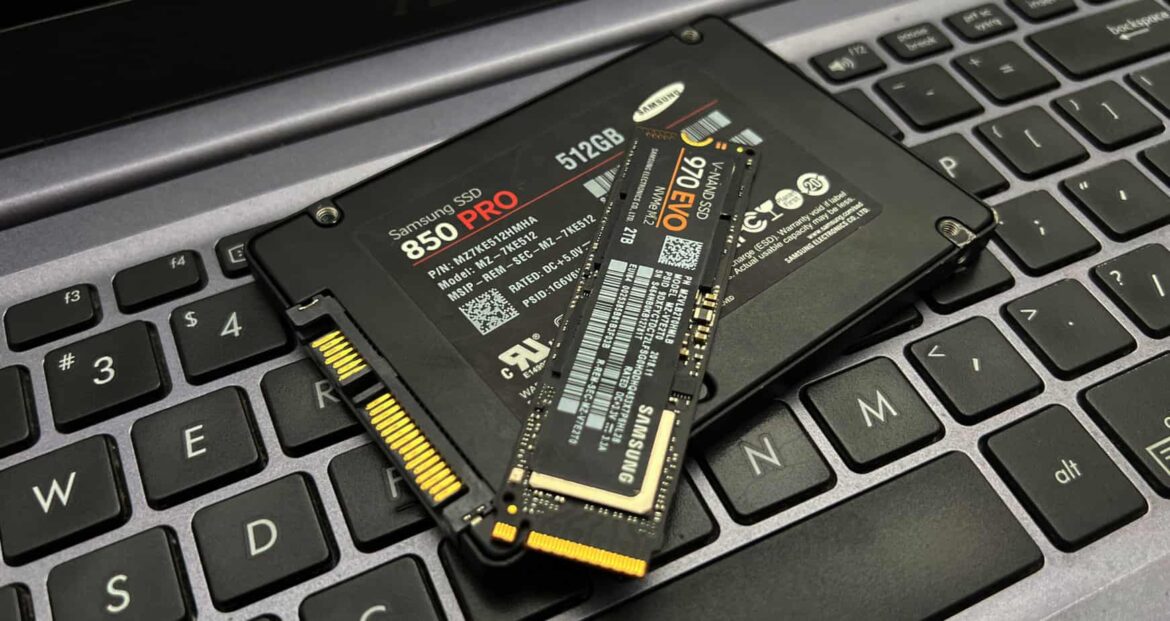341
If you want to format an SSD under Windows, you can use the disk management function for this. However, there are a few things you should still bear in mind.
Format SSD via disk management
SSD drives can significantly speed up your PC. Just like traditional hard disks, they need to be formatted correctly before use. The procedure is similar:
- Connect the SSD to a free internal slot in your PC or use an external frame.
- Open the disk management by pressing [Win] + [R] and executing the command diskmgmt.msc.
- If you are connecting the SSD for the first time, you will need to initialize it. To do this, select the GPT partition style. You should only use MBR for use in old systems with BIOS.
- The SSD is now displayed as Unallocated. Right-click it and select New Simple Volume. Then follow the wizard.
- Specify the size of the volume (use the entire capacity).
- Assign a free drive letter.
- Select the NTFS or exFAT file system.
- Make sure that Perform a quick format is selected and click Finish.
- If you want to reformat an existing volume, right-click it. Select Format ☻ OK. Again, you should perform a quick format.
Disable defragmentation for SSD disks
Unlike conventional hard disks, SSDs do not need to be defragmented. This does not provide any speed advantages and can even shorten the lifespan of the disk.
- In Windows, defragmentation is therefore automatically disabled for SSD disks and cannot be accidentally turned on.
- If you use an older program from a different provider to defragment your hard disks, you should disable defragmentation for SSD drives there if necessary.
- Windows 11 automatically optimizes your SSDs using the TRIM command.
This is how you enable TRIM for your SSD
SSDs work differently than conventional hard disks. They require the TRIM command to properly remove data garbage such as deleted files. We will show you how to enable TRIM in Windows.
- Now open the command prompt by pressing [Win] + [R] and executing the cmd command.
- Enter the following command in the command prompt: fsutil behavior query DisableDeleteNotify.
- If the result is 0, TRIM is already activated and you do not need to do anything else.
- If the result is 1, enter this command: fsutil behavior Set DisableDeleteNotify 0.
- If you want to disable TRIM, replace the 0 with a 1.

